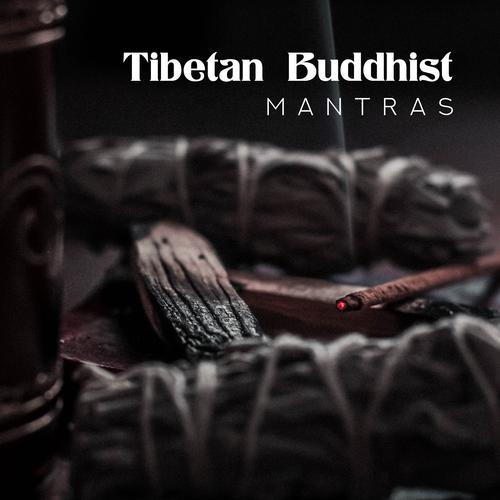
Buddhist Om Symbol: A Detailed Multidimensional Introduction
The Buddhist Om symbol, often depicted as a Sanskrit syllable “Om,” holds profound significance in Hinduism, Buddhism, and Jainism. This sacred symbol is not just a visual representation but a profound expression of the universe’s essence. Let’s delve into the various dimensions of the Om symbol.
Origins and Historical Significance
The Om symbol has its roots in ancient India, where it is believed to be one of the oldest symbols in the world. It is mentioned in the Rigveda, one of the oldest sacred texts of Hinduism, dating back to around 1500-1200 BCE. The symbol is considered to be the sound of the universe and is often associated with the creation, preservation, and destruction of the world.
The Om symbol is made up of three curves and a dot. The upper curve represents the infinite sky, the lower curve represents the infinite earth, and the middle curve represents the finite space between them. The dot represents the point of convergence where the infinite meets the finite, symbolizing the ultimate reality.
Symbolic Meanings
The Om symbol carries multiple meanings and interpretations, making it a versatile and powerful symbol in various religious and spiritual traditions.
1. The Sound of the Universe: Om is considered to be the primordial sound from which all other sounds arise. It is believed to be the sound of the universe’s creation and is often chanted as a mantra to invoke divine energy.

2. The Ultimate Reality: Om represents the ultimate reality, the ultimate truth, and the ultimate consciousness. It is believed to be the essence of all existence and is often used as a meditation tool to connect with the divine.
3. The Cycle of Life: The Om symbol represents the cycle of life, death, and rebirth. The three curves represent the past, present, and future, while the dot represents the eternal present, the point of convergence where time stands still.
Om in Buddhism
In Buddhism, the Om symbol holds a special place and is often used in various practices and rituals.
1. Meditation: Om is a powerful meditation tool that helps in focusing the mind and connecting with the divine. Buddhist practitioners often chant Om during meditation to achieve a state of inner peace and tranquility.
2. Mantras: Om is a part of many Buddhist mantras, which are sacred chants used to invoke divine energy and blessings. The Om mantra is believed to have the power to purify the mind and transform negative thoughts into positive ones.

3. Rituals: The Om symbol is often used in Buddhist rituals and ceremonies, symbolizing the presence of the Buddha and the divine energy. It is believed to bring good fortune, protection, and blessings to those who partake in these rituals.
Om in Art and Architecture
The Om symbol has been used in various forms of art and architecture, showcasing its significance in different cultures and traditions.
1. Art: The Om symbol is often depicted in Buddhist art, particularly in thangka paintings and sculptures. These artistic representations of Om serve as a reminder of the sacredness of the symbol and its connection to the divine.
2. Architecture: The Om symbol is incorporated into the design of many Buddhist temples and monasteries. It is often seen in the form of intricate carvings, murals, and statues, symbolizing the presence of the Buddha and the divine energy.
Om in Modern Life
In today’s world, the Om symbol has transcended its religious and spiritual roots and has become a symbol of peace, harmony, and unity.
1. Meditation and Mindfulness: The Om symbol is widely used in meditation and mindfulness practices, helping individuals to connect with their inner selves and find peace amidst the chaos of modern life.
2. Yoga: Om is often chanted at the beginning and end of yoga sessions, symbolizing the union of the individual with the universal consciousness.
3. Personal Beliefs: Many people, regardless of their religious or spiritual beliefs, use the Om symbol as a personal reminder of the importance of peace, harmony, and unity in their lives.
| Dimension | Meaning |
|---|---|
| Sound | The primordial sound of the universe |
| Reality | The ultimate reality, truth, and consciousness |
Life Cycle
Related Stories |




